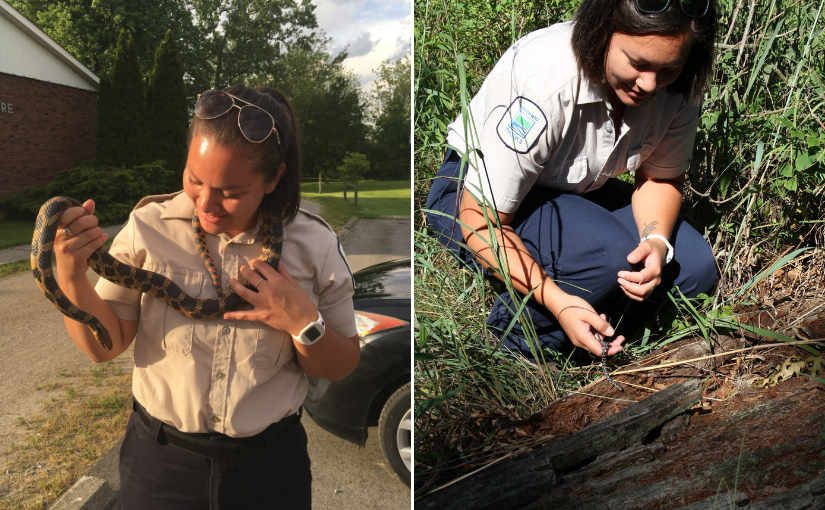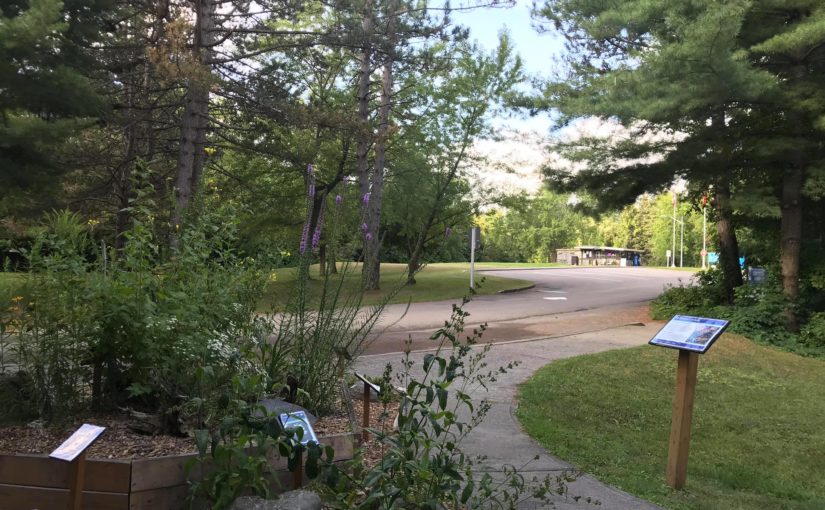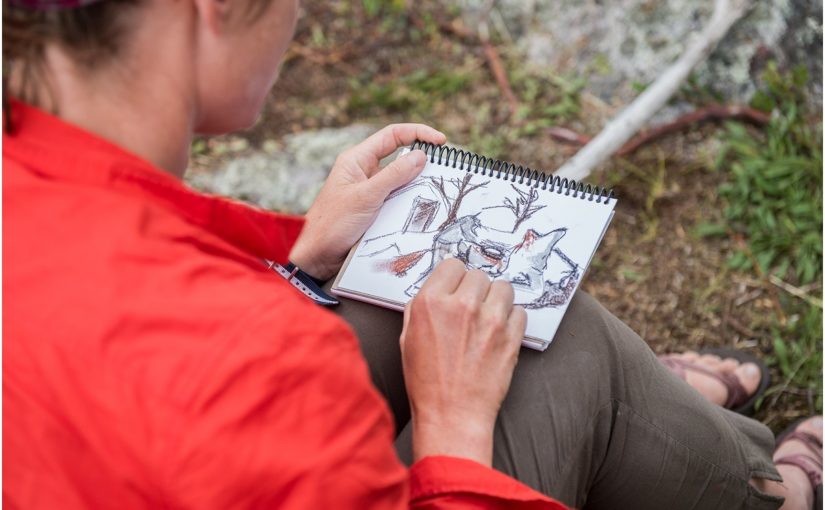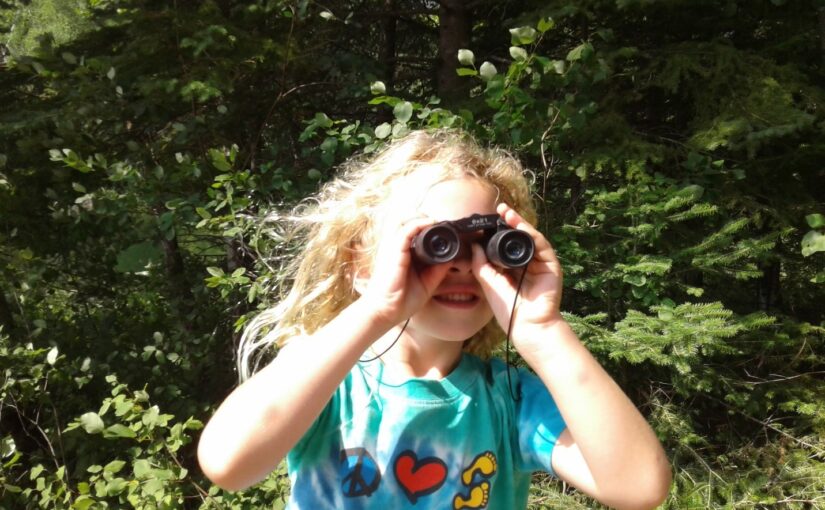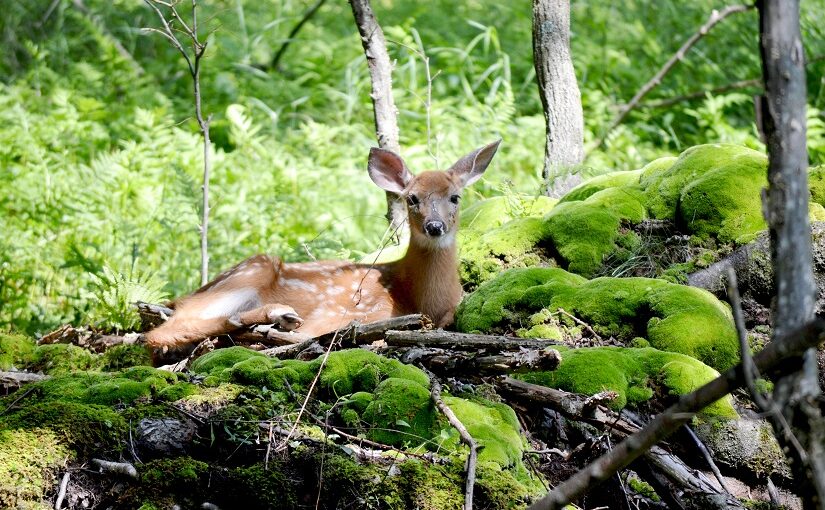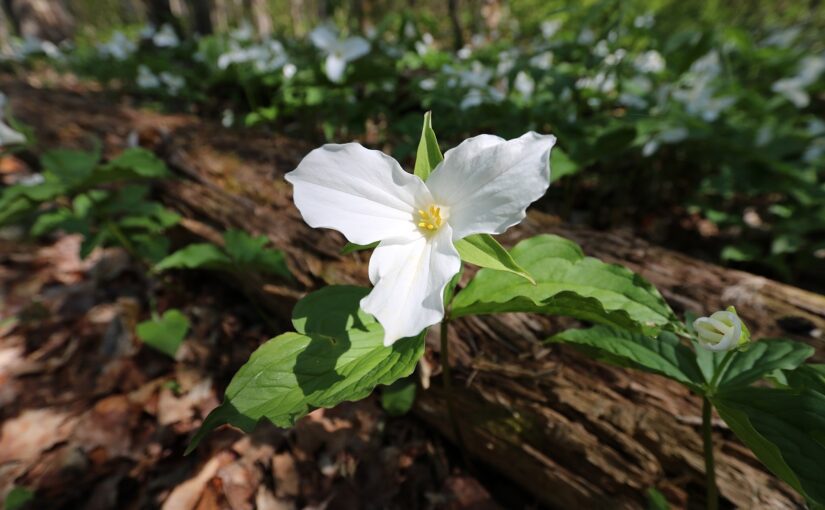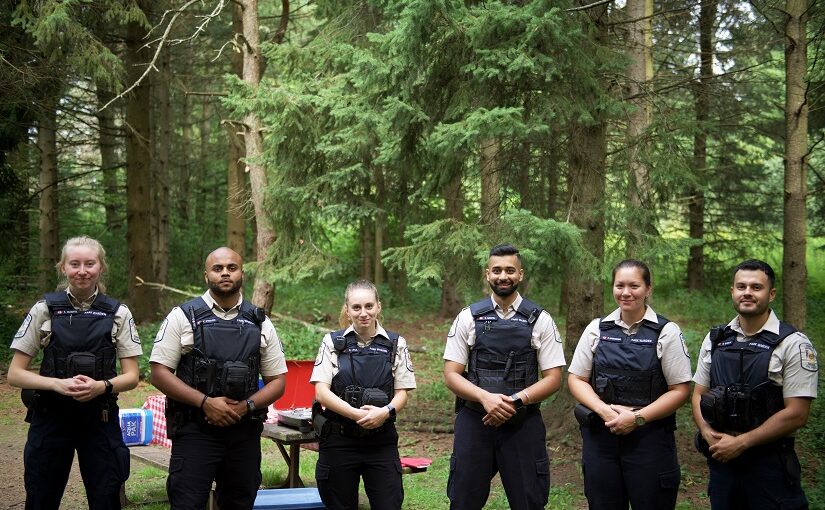Today’s blog was written by Pilar Manorome, a park planner in Protected Areas Section at Ontario Parks.
As a kid, I was always fascinated by the natural world around me and was very fortunate to grow up in Norfolk County.
It was a place where I could step out my door and have a wide array of trees, wildflowers, birds, insects, and everything in between, right at my fingertips.
I am also very blessed to have a family that encouraged exploration of the natural world through taking me to the local conservation areas and provincial parks to find frogs and wildflowers, and down dirt roads to find birds and butterflies.
Although my mom and grandparents lit the spark, the flame was truly fanned when I started volunteering for my local Conservation Authority.
Working for Ontario Parks has only further fed the fire.
